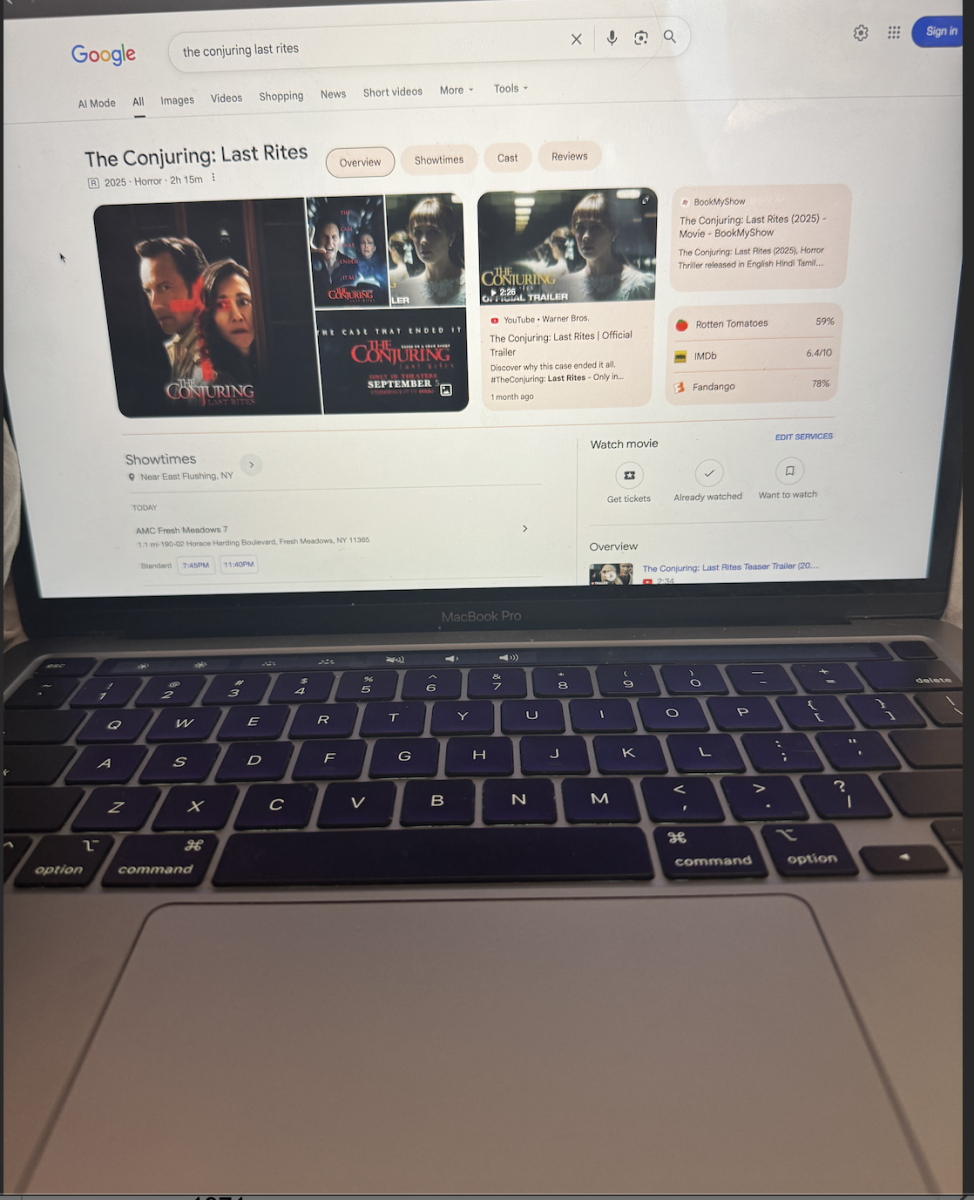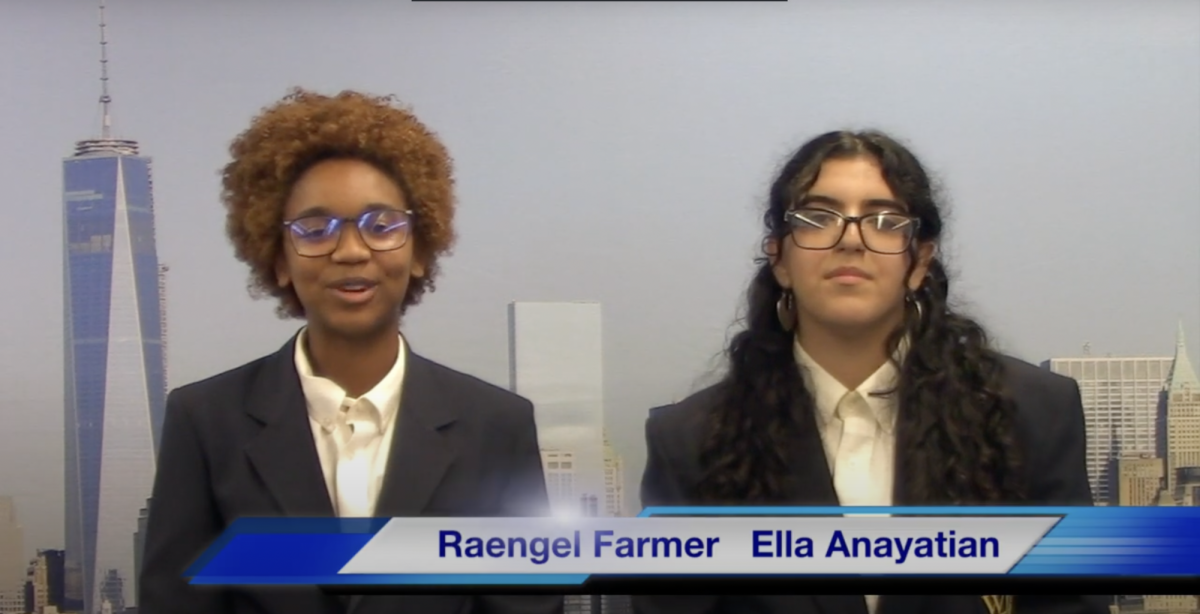by Faith Chojar and Aja Landolfi, staff reporters

With their experiment set to go up into space to the International Space Station (ISS) on October 27th, the students who won the Mission 6 experiment contest were invited to visit the Intrepid Sea, Air and Space Museum in order to hold a conference about their project and what they will be sending out of the atmosphere.
After rounds and rounds of experimentation, trial, error and examination, eighth graders Raul Castrejon, Michael Fourniotis, Gabriella Marin, Ethan Reres, and Jamila Tejada under the advisory of Dr. Mark Baribault and Mr. Christian Van Deurs have created the winning experiment to be taken out of this world.
Sponsored by the Student Spaceflight Experiments Program (SSEP), eighteen schools are involved in a Mission 6 experiment where students design experiments that are given the chance to leave earth’s atmosphere and be sent to the ISS. Of these eighteen schools, WJPS was the only school in New York to be involved.
“My favorite part of this was the satisfaction of actually completing something,” Marin said.
Students created an experiment involving Chia Seeds and a nanotube and will compare the germination of Chia seeds here on earth, or up in microgravity aboard the ISS. Along with these experiments will be two patches designed by high school students to represent the school and the hard work that these students put into their project.
“I wanted something that was simple but at the same time gave the message that as a school we were blasting off on an adventure from earth to space,” eighth grade patch designer Kerlin Pyun said.
These students along with their proud parents, Mrs. Schneider, Mrs. Poulos, Mrs. Reed, Mr. Petrotta, Dr. Baribault, Mr. Van Deurs and WJPS media staff were invited to a ceremony on the Intrepid. The students and advisors explained their experiment, how they got to the final result, challenges they faced, and their hypothesis for how chia seeds will germinate in microgravity.
“The project showed our students and show all of us that learning isn’t just about the classroom of the world, but the classroom beyond the world. The sky’s the limit, and the possibilities are endless,” Principal Mrs. Schneider said.
This experiment will be launched October 27th at approximately 6:30 PM on board the unmanned Anatares Rocket on the Cygnus Spacecraft from Wallops Island, Virginia.
“This is an amazing thing to see because when I was in school I wasn’t that big of a math and science student, I loved English and History and its really great that students are working with others about something they care about that is science in a journalism school. They’re middle school kids sending experiments to the International Space Station. That’s pretty incredible,” Public Relations Director Luke Sacks said.




































